EdgeTracker 426
EDGE TRACKER 427

EDGETRACKER 426
Big boat attitude in a small easy package easily describes the Edge Tracker 426 in perfect detail. We've taken the same high- tech boat building techniques used for the rest of our designs and incorporated them here, including the wave busting 20 º hull design that makes for such a such a great ride.
The cockpit is open and uncluttered, giving you plenty of fish fighting room, loads of storage compartments under the deck and fish holders along the side of the hull. Also included is a recessed anchor locker, 70 litre under floor fuel tank and a boarding step for easy access to climb aboard. Easy to maintain and trailer, edge Tracker 426 will provide you with years of family fun and offshore memories.
With their sleek yet simple lines, tillered steered, large deck casting area, handy storage compartments, pedastal seating and a full transom with a boarding step are just a few of the standard features that will be offered in these models.
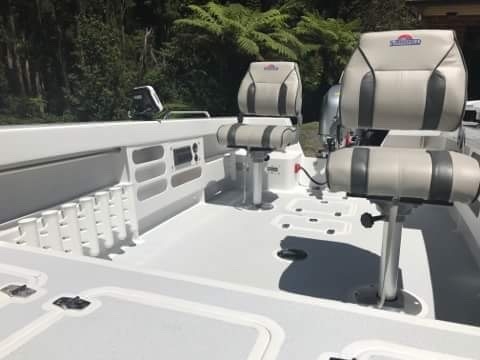
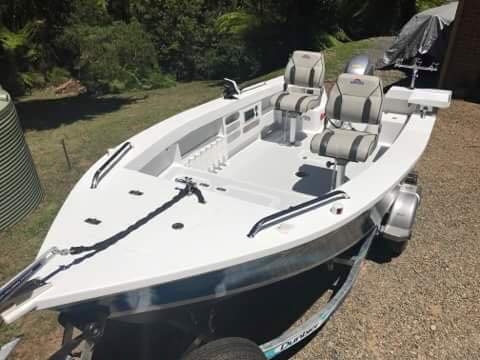
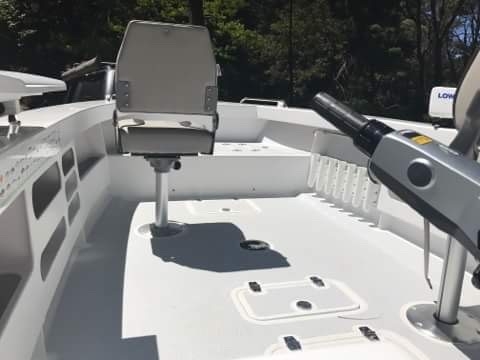
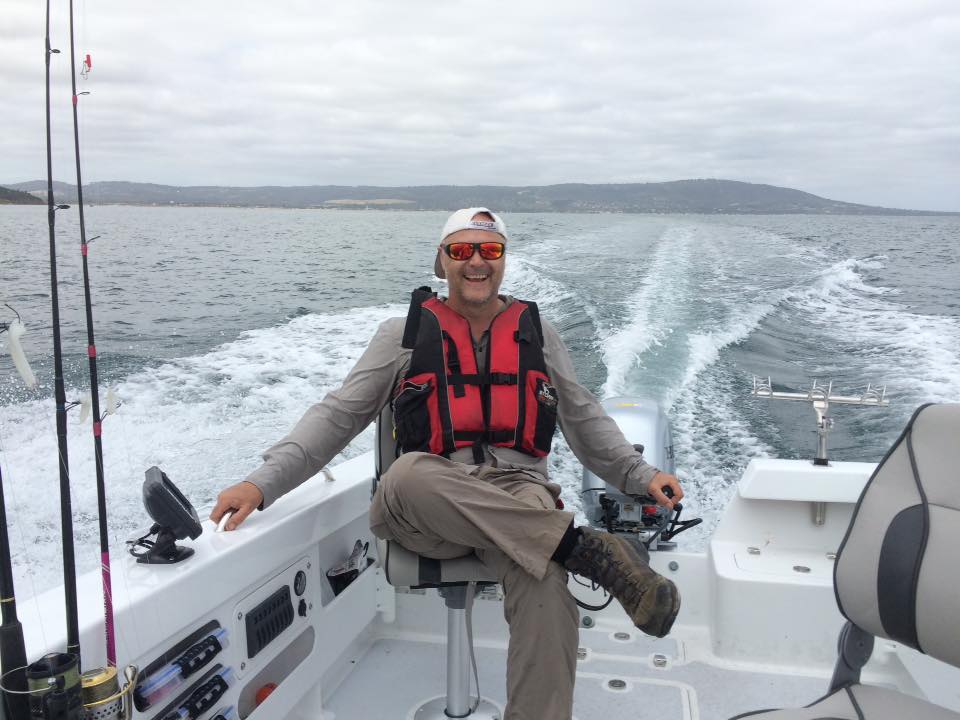
SPECIFICATIONS:
- LOA ……14ft (4.26m)
- BEAM ………6ft (1.82m) overall
- DRAFT/ hull only ………10-1/4″ (261mm) @ DWL
- Deadrise at transom ...… 20 degrees
- FUEL CAPACITY ....... 18.5 USG (70 Litres)
- Horsepower… 40 Hp (max)
- Outboard leg length.... 20"
- LEVEL flotation (built as per the plans)
APPROX DRY TRAILER WEIGHT including a 40 hp motor…..886 lbs
(402 kg ) depending on materials and outboard options* ( This includes a full tank of fuel)
- Construction …. Epoxy Fibreglass Plywood Composite Construction
- Safety standards in compliance with the ABYC standard
- Structure is engineered in accordance with ABS class rules
EDGETRACKER 426 FEATURES
EDGETRACKER 426 FEATURES
Big boat attitude in a small package easily describes the Edge Tracker 426.
Just some of the features the EdgeTracker 426 includes:
- Sleek yet simple and functional lines
- 20 º hull design offering a smooth ride in offshore or rough/white water conditions.
- Tiller steered (wheel steering optional)
- Side pockets for all your gear plus more
- Front casting deck for lure fishing plus easy access to the front locker and trolling motor when deploying
- Large 70 litre underfloor fuel tank
- Large storage compartments beneath the deck for storage of gear plus a large kill tank when fishing
- LEVEL flotation for compliance (we comply to the ABYC standards)
- Engineered to "Class" or Commercial shipping standards for those offroad or offshore fishing adventures.
- Easily handled by 1 person when trailering
EDGETRACKER 426 CONSTRUCTION
EDGETRACKER 426 CONSTRUCTION
Just about anybody can build a boat using the Bowdidge Marine Design Plywood Composite system. This method eliminates many members that ordinarily require fitting, fairing, and beveling. Thus, it's ideal for beginners. A jigsaw and drill are about the only power tools required. The resulting boat is incredibly light weight, strong, and durable.
This quick and easy boatbuilding method consists of plywood planking panels cut to shape from patterns in the plans which are "stitched and glued" together at the seams. Such a boat can be assembled in a matter of hours after cutting out the parts.
Build method in summary:
- Build the strongback
- Cut hull parts and assemble onto the strongback
- Glue together and then glass the hull
- bog, fair ready for painting
- Roll hull over
- Glass the interior
- fit fuel tank
- Install buoyancy foam for compliance to meet LEVEL flotation
- Fit and glass the sole down
- Install side decks and other optional fittings
- Paint the hull
- Launch day
MATERIALS LIST FOR THE EDGETRACKER 426
The following list of materials is approximate and intended for calculation of approximate costs.
We offer no guarantees of accuracy.
The list is for all plywood in the construction of the hull, deck and interior.
Allowance has been made in the quantities for about 10% wastage.
Resin and glass quantities are only approximate.
MARINE BS 1088 OR AB GRADE PLYWOOD
6mm (1/4") - 10 Sheets
9mm (3/8") - 8 Sheets
RESIN AND GLASS (For coatings and reinforced areas)
Epoxy Resin & Hardener - 72 kg (19 US gal)
400-450gm (12oz) Double Bias - 60 m ( 65 yards)
2 kg (4.4 lbs) glue powder (Cabosil)
2 kg (4.4 lbs) Q-cells (fairing Powder)
The materials list above covers all the supplies for the boat as designed.
Usage of materials may vary due to several factors. For example, a experienced builder will use less resin.
Our resin calculations are based on a 50% glass content.
Options, customization and variations within your build will also effect the bill of materials and outcome.
STILL UNSURE, BUT WOULD LIKE TO SEE MORE?
Click HERE for more information
EDGETRACKER 426 LAUNCHINGS & ADVENTURES

EDGETRACKER 426 LAUNCHINGS
She's small, but when it comes to taking the waves head-on, the EdgeTracker 426 packs a mighty punch.
Big boat attitude in a small easy package easily describes the Edge Tracker 426 in perfect detail. We've taken the same high- tech boat building techniques used for the rest of our designs and incorporated them here, including the wave busting 20 º hull design that makes for such a such a great ride.
The cockpit is open and uncluttered, giving you plenty of fish fighting room, loads of storage compartments under the deck and fish holders along the side of the hull. Also included is a recessed anchor locker, 70 litre under floor fuel tank and a boarding step for easy access to climb aboard. Easy to maintain and trailer, edge Tracker 426 will provide you with years of family fun and offshore memories.
With their sleek yet simple lines, tillered steered, large deck casting area, handy storage compartments, pedastal seating and a full transom with a boarding step are just a few of the standard features that will be offered in these models. Also with her deep "V" hull , the EDGE TRACKER 426 offers a smooth ride in offshore or rough/white water conditions.
EDGETRACKER 426 BOAT PLANS
COMPLETE BOAT PLANS & FULL SIZE FRAME PATTERNS ...
Delivered by PDF with many extra drawings and photos. The plans have all the information you need to build your own boat. Each plan contains all the construction drawings for plywood composite construction, plus bonus drawings. Plus you will receive a DETAIL FOLIO showing how to make many of your own boat fittings, lists of materials and equipment, all technical information, numerous construction drawings, photo's and written building instructions, examples of the compliance info for the Australian Builders Plate/ European/ and US are all included. You can view & print the drawings in full or in sections. BUILDING PHOTOS are included in the plan package.
.... PLUS you can also subscribe for membership as an "INSIDER" to our Boatbuilding forum and ... become a part of BMD's boat building club !!
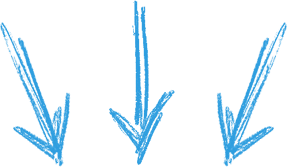
EdgeTracker 426 Plans Price.
AU $365
Our Terms and Conditions of Sale
Please click HERE to read our T&C of sale

The BMD Newspaper delivered to your Inbox
Subscribe to our free paper to hear all the latest from Bowdidge Marine Designs !
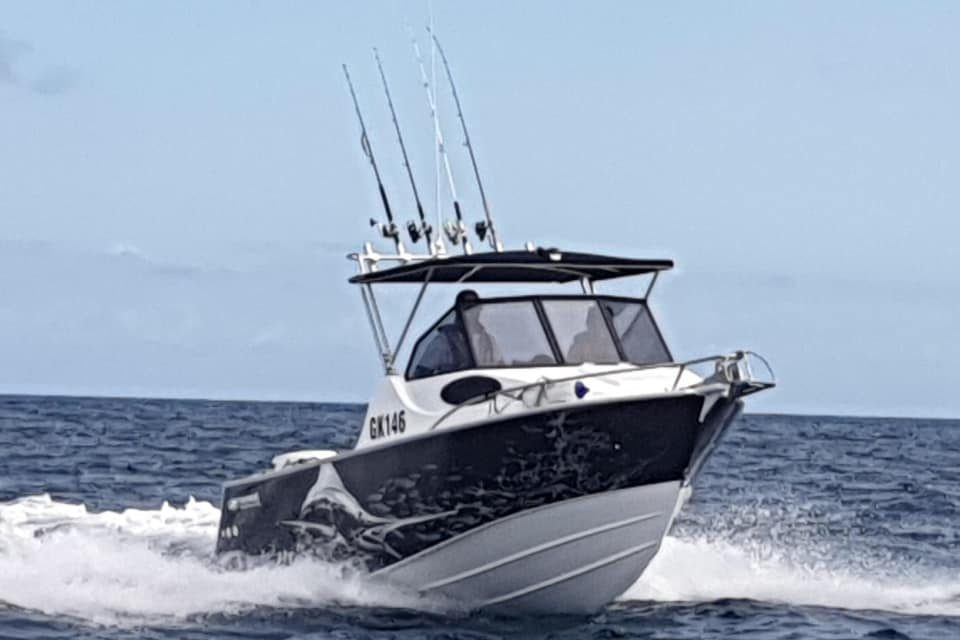
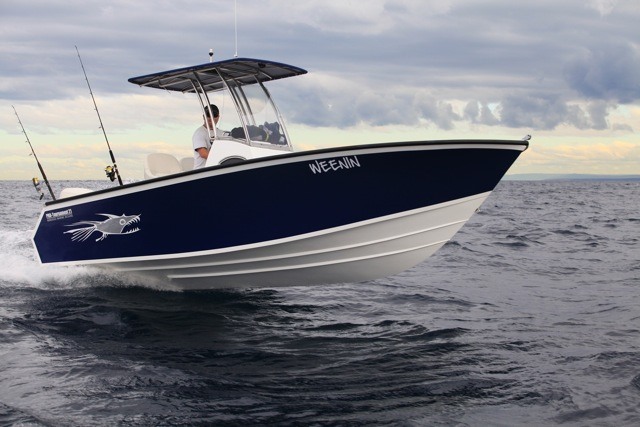
If you have any questions or queries about this design, please see below to contact us

Bowdidge Marine Designs
Far North Queensland
Australia. Qld
email: enquiries@bowdidgemarinedesigns.com


























































































